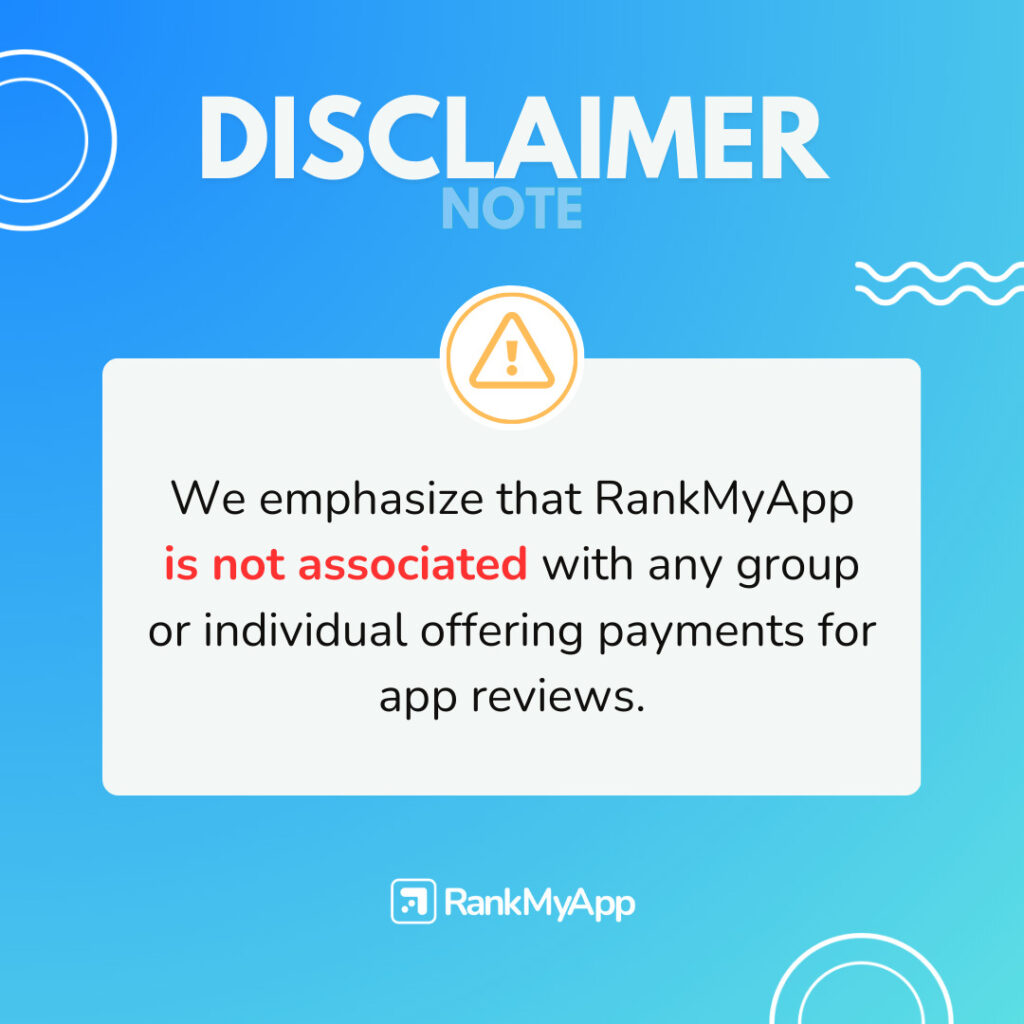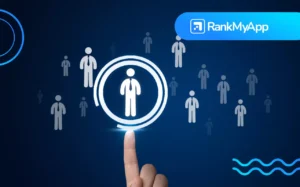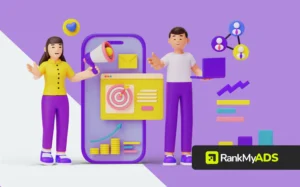Mobile attribution can help you discover the best way to reach your target market. Don’t worry if you’ve never heard of this digital marketing term before. Just keep reading to learn more!
What is mobile attribution?
Mobile attribution tracks a user’s journey from start to finish. It reveals each step the user took, from the time that person became aware of your app, to the moment it was downloaded. This enables you to determine what is causing users to install your app.
Such knowledge will save you money because it reveals which platforms and ads are producing results and gives you the opportunity to compare each ad and campaign to each other.
The app marketing strategies that aren’t successful can be discarded, allowing you to put all of your time, money, and effort towards the tactics that work.
Here are some examples of the information that app attribution provides:
- It will show you which in-app ads are resulting in downloads;
- Mobile app attribution will also reveal which acquired users were exposed to desktop advertising and which were exposed to mobile advertising;
- It will reveal what users saw before installing your app, letting you know which ads are working and which ads are being ignored;
- App attribution can also help you figure out which ads convert the most valuable users.
This information will give you a picture of the ideal customer journey that brings the most revenue.
Traditional vs people-based mobile attribution
People-based attribution provides the most accurate data. If you don’t know the difference between traditional and people-based attribution, keep reading!
The goal of traditional advertising channels (TV, newspapers…) is to find the right place to advertise. The goal of digital marketing is to find the right group of people to target.
Both of these advertising methods rely on all other variables remaining constant. But with people-based marketing, nothing is assumed to be constant.
Instead of targeting a certain group or using a particular channel to reach as many people as possible, people-based marketing targets a single person on each one of that person’s devices and favorite internet hangouts.
Then people-based attribution reveals the user’s entire journey across various devices and channels.
More accurate data
Traditional attribution is not as accurate because each fragment of the user’s journey is viewed as a different user, creating duplicates. People-based attribution puts these fragments together to reveal each individual customer’s journey across different platforms and channels.
This gives you the whole store for each user, which will help you understand which marketing strategies are working and should be focused on.
Useful data for planning campaigns
Mobile attribution analytics can help you plan future campaigns so that they are more successful than your previous marketing efforts.
People-based measurements are available before a campaign ends, making it possible for you to make the right decisions regarding your campaign.
Mobile attribution analytics will also show you where your target market can be reached, which channel is the best way to reach them, and what ads actually capture their attention.
So if you want mobile attribution to be useful for your app, use people-based techniques. Doing so will give you a better understanding of what causes users to download your app.
This understanding will help you come up with the best mobile marketing strategy that will increase user acquisition. Implementing this step in your mobile marketing planning will be worth the time and effort.
Optimizing the elements on your app’s products page in the app stores is another important step to take when trying to increase downloads. Learn how to optimize your app’s product page with a free eBook that teaches you what you need to know.





